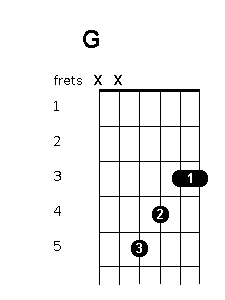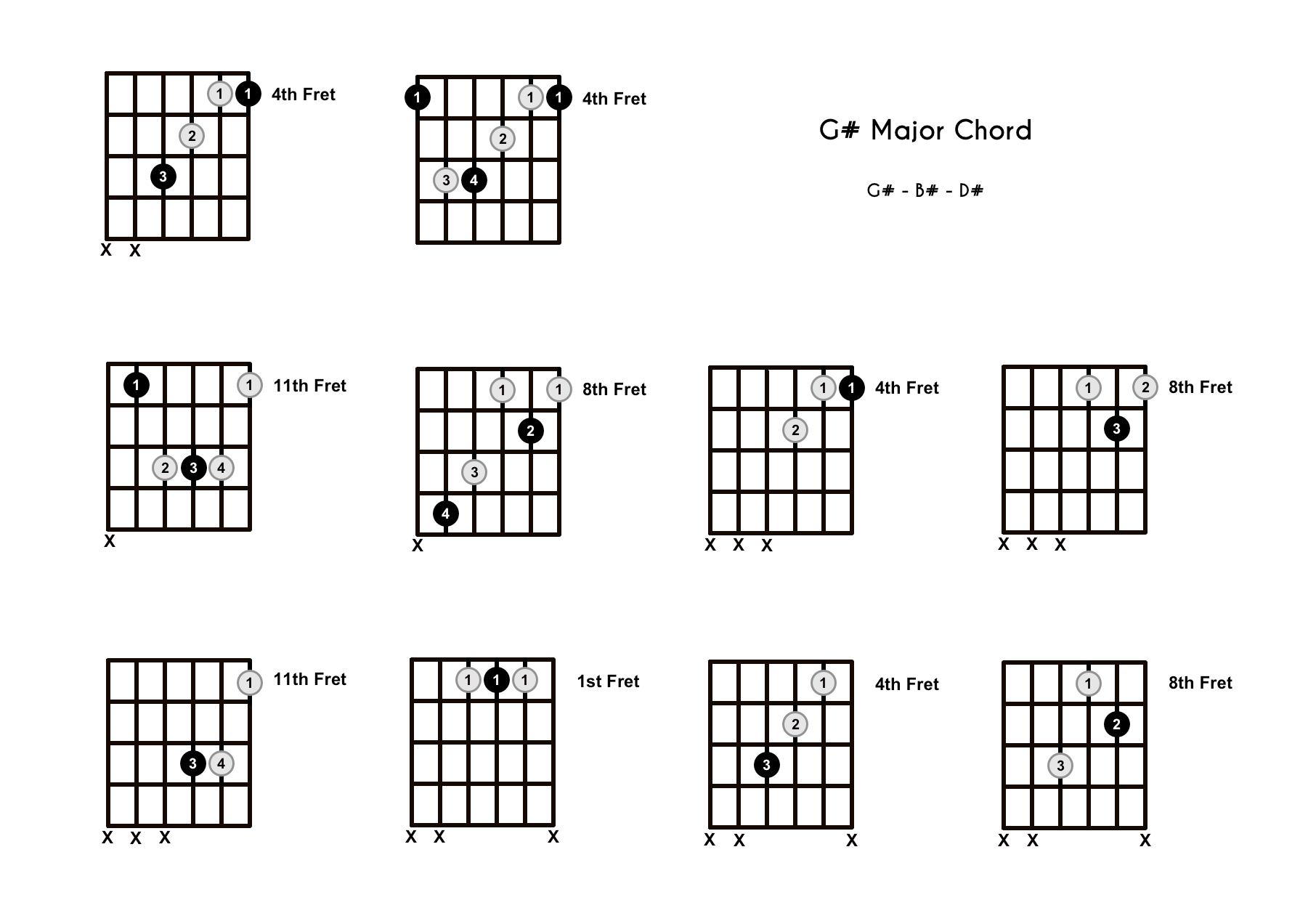

In the key of G major, there are fundamentally 6 different commonly-used chords. Putting this note in the bass, or playing it loudly or as a very high note will add much more emphasis-and this emphasis may not be wanted if all you are trying to do is add a modest bit of color to an otherwise standard chord. Each of these factors affects the level of emphasis you give to a colorful note.Īdding this “A” note by plucking it very softly in a way where it rests somewhere in the middle of the chord voicing, and then almost immediately resolve When a note moves to another note a step away, especially when the destination is one that the listener was expecting to hear.s back down to “G” (a correct note of the chord) will sound quite tasteful. The amount of color this tone adds is subject to the length of the colorful note, its overall volume, the way you pluck the string that it is played on, and perhaps most importantly of all the position the colorful note has within a chord. For instance, in the key of G, the note A does not normally belong in the G major chord. Chord Color TonesĬhords may be made more colorful by adding other notes from the key, so long as those notes also sound pleasant within the chord’s own harmony. Verse 1 G D G Joy to the world, the Lord is come C D G Let earth receive her King G Let every heart prepare Him room, And Heaven and nature sing, D And Heaven and nature sing, G C G D G And Heaven, and Heaven, and nature sing. note is in the bass, so putting the 3 rd or the 5 th in the bass would be an inversion. Your index finger goes to the Fret 2 on String 5 - the one weve muted in the 2-finger version.

#G chord guitar full version
Normally the root The basic note of a key, chord, or scale the note which acts as the center and to which all other notes are compared. The full version of the G chord uses one extra finger.

of the chord by putting an alternative note in the bass. If E or G appear in the bass, this is an inversion. Normally, a C major chord has a C in the bass. One variation is to create an inversion A chord whose root note is not in the bass layer, with another chord tone put there instead.


 0 kommentar(er)
0 kommentar(er)
